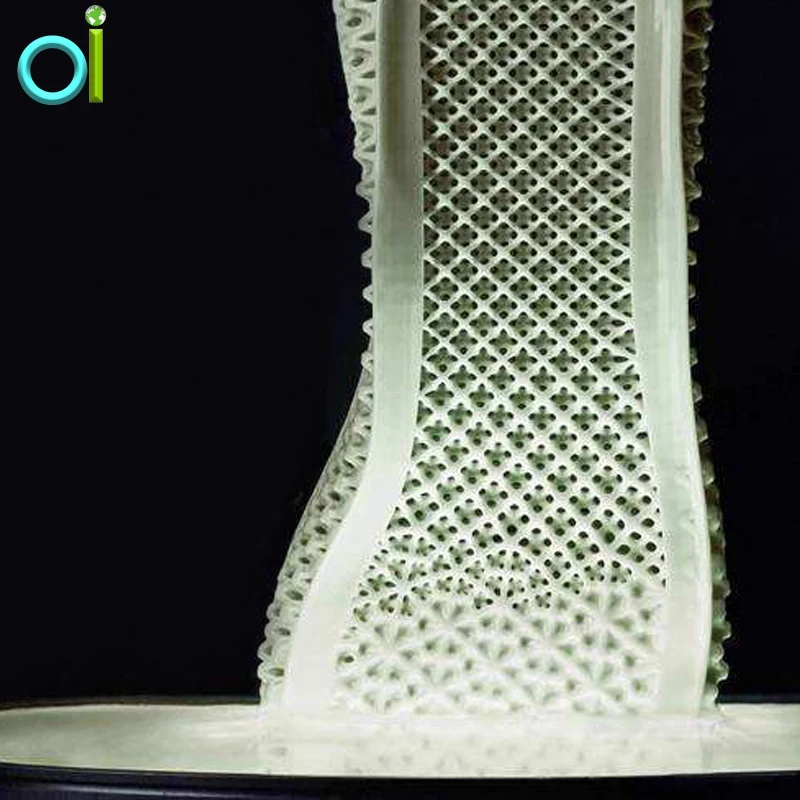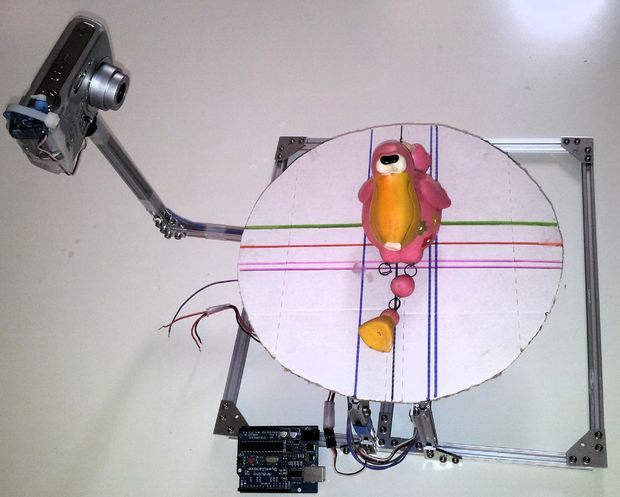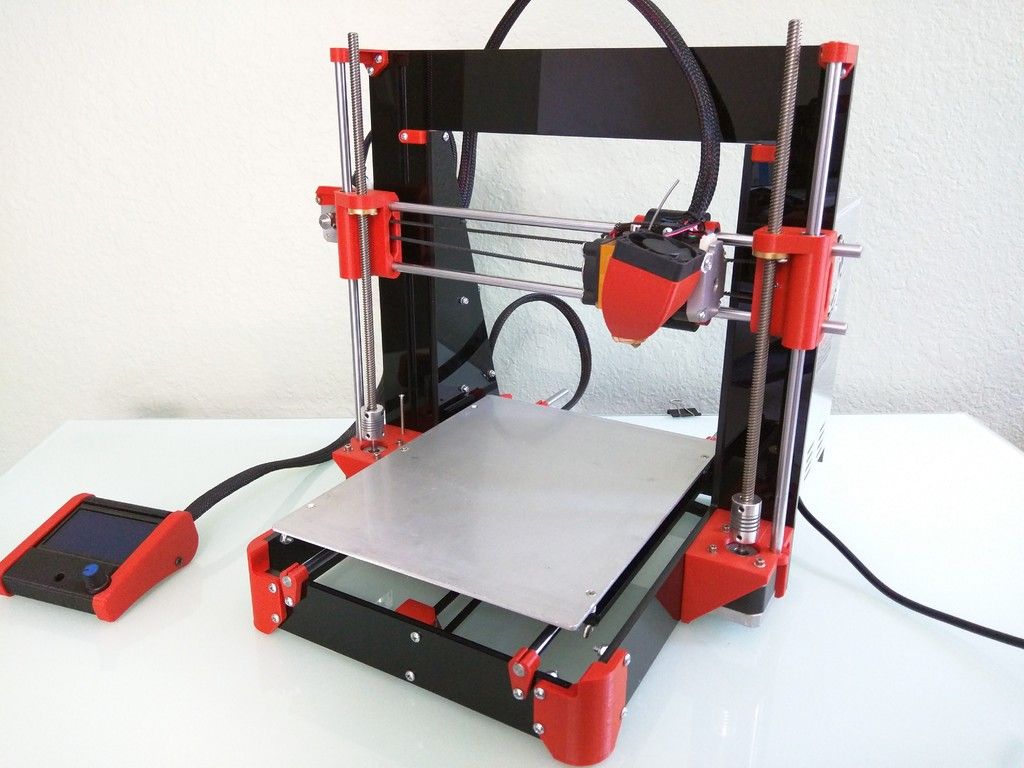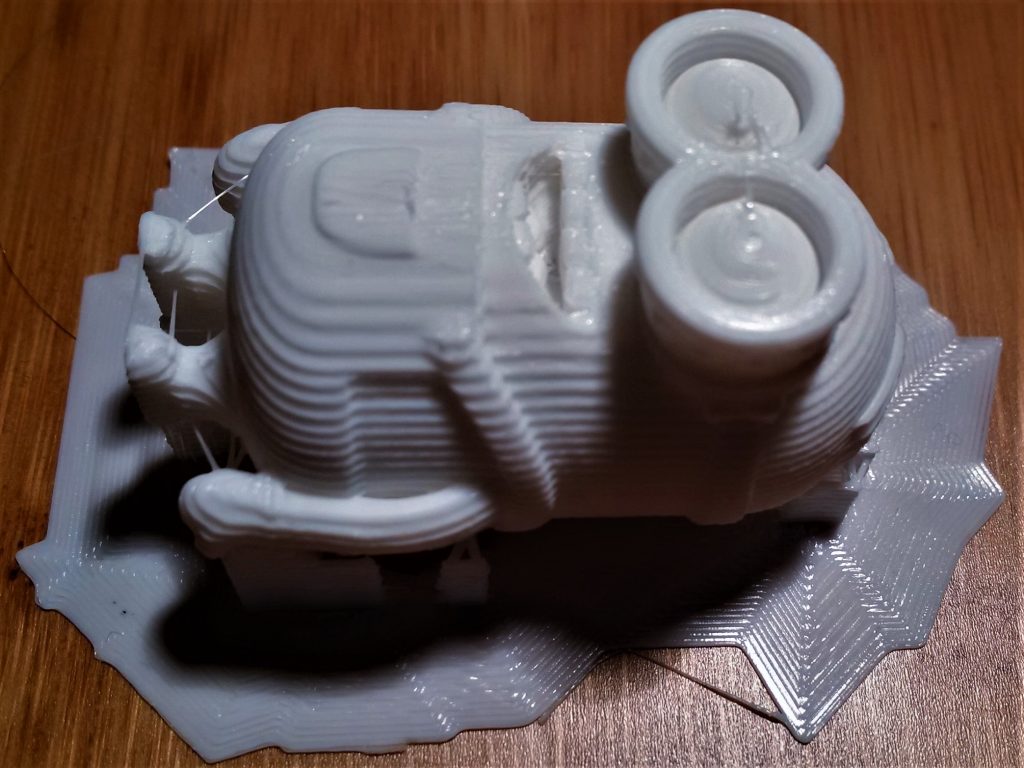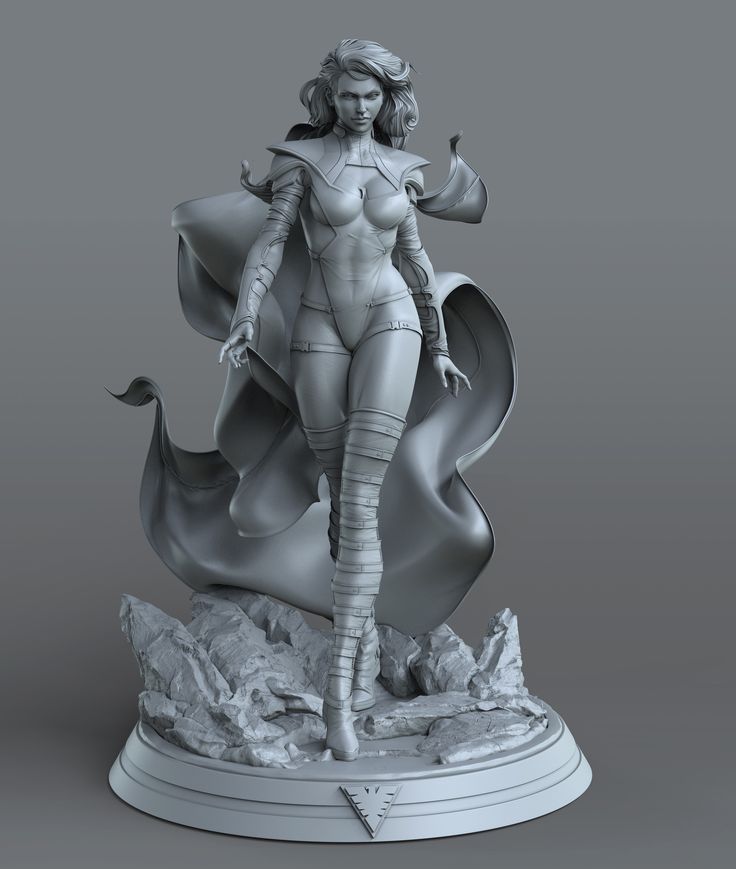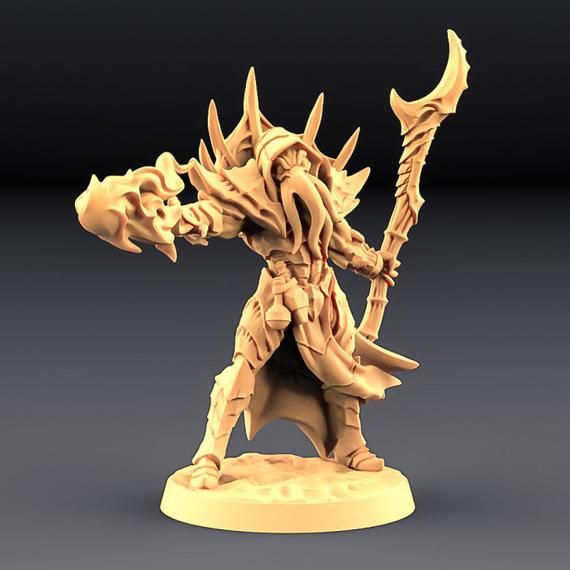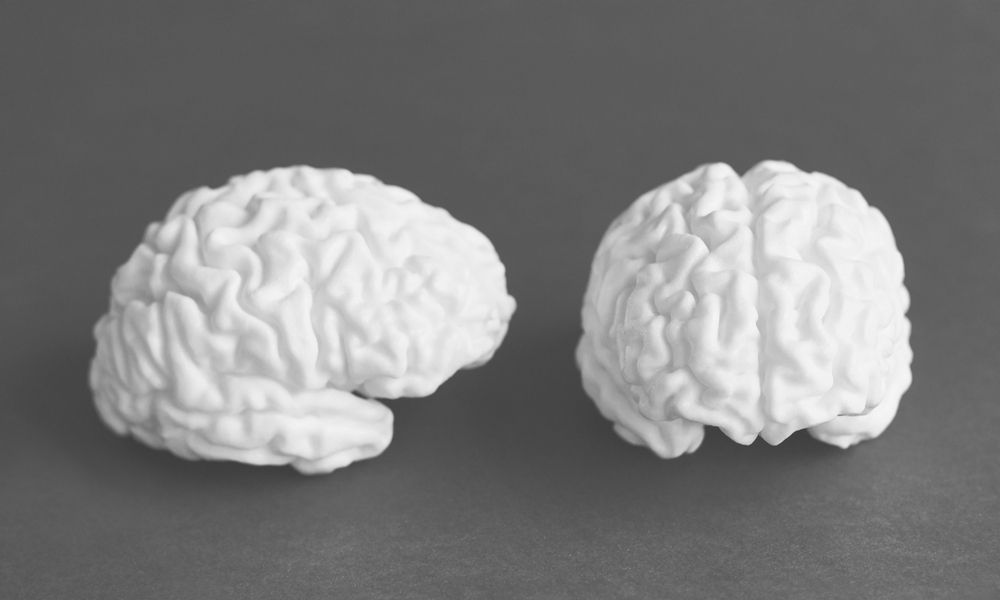Adidas futurecraft 4d 3d printing
DATA-DRIVEN 3D PRINTED PERFORMANCE TECHNOLOGY DESIGNED TO MOVE YOU FORWARD
Today we are unveiling the next step in data driven 3D printed midsole innovation, the adidas 4DFWD. Combining years of athlete data with the unique technology of 3D printing, adidas 4DFWD is created to provide runners with an all-new running experience.
For over four years, we have developed 4D lattice midsole technology in partnership with Carbon. Combining athlete data and Carbon’s Digital Light SynthesisTM technology to produce precision tuned 3D printed midsoles. adidas 4D footwear is amongst the first in the world to use this cutting-edge technology which offers the ability to fine tune midsoles to specific patterns of movement, so that athletes can enjoy precision performance with every step.
Born from this process is the new adidas 4DFWD lattice midsole. Identified from one of five million possible lattice structures and made of 40% bio-based material, the bowtie-shaped FWD CELL has been specifically coded to compress forward upon vertical impact. When compared to previous generations of 4D midsole, adidas 4DFWD generates three times as much forward motion under vertical loading in mechanical testing conditions. As a result, peak braking force experienced by the athlete during running is reduced by 15% as the midsole redirects these vertical impact forces into horizontal forward motion – delivering running economy comparable to that of Ultraboost midsoles in lab conditions.
adidas 4DFWD was tested through a range of bio-mechanical testing procedures at the University of Calgary, which analysed specific areas such as forward motion, braking force and running economy. The concept was also tested extensively with adidas runners local to the creation team in Germany and a carefully selected cohort of high-level running creators across the USA.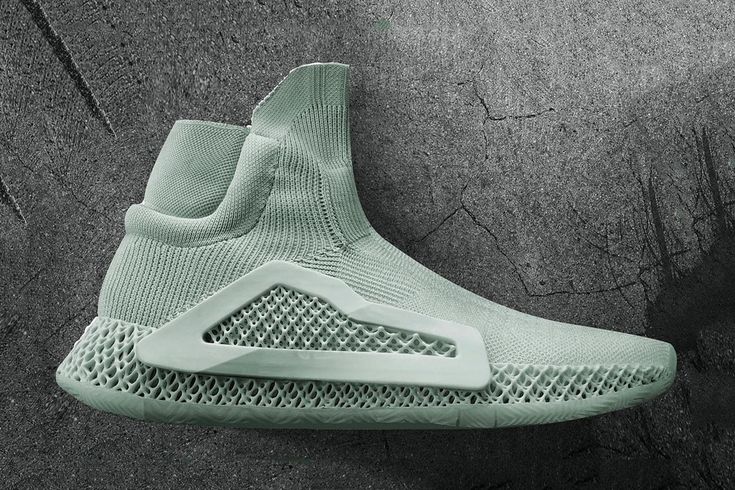 Furthermore, cutting edge cognitive perception testing was carried out at Arizona State University.
Furthermore, cutting edge cognitive perception testing was carried out at Arizona State University.
4D technology provides us with the opportunity to design in a way that conventional foam midsoles do not allow. We took inspiration from the first generation 4D lattice midsole and set ourselves the challenge to take it to the next level. Coding millions of potential lattice structures to see if we could specifically design to counter negative mechanical forces experienced during running.
Working closely with Carbon, our product teams, and testers we identified one perfect lattice midsole that is designed to compress forwards under loading and counter mechanical forces whilst delivering a unique gliding sensation for our runners.
Sam Handy, VP Design, adidas Running
Complementing the adidas 4DFWD midsole is a new PRIMEKNIT upper made from recycled polyester. Providing runners with a super-lightweight premium upper that encases the foot in a seamless sock-like fit. Historical mapping data has been used to code the PRIMEKNIT upper to perfectly align with the unique properties of the 4DFWD midsole. Helping to give runners all the support and comfort they need whilst on their run.
Historical mapping data has been used to code the PRIMEKNIT upper to perfectly align with the unique properties of the 4DFWD midsole. Helping to give runners all the support and comfort they need whilst on their run.
At adidas, we’re always looking to combine athlete insights with new and innovative technologies to create the best performance running products. With this approach, we aim to serve and to delight different runners with diverse experiences depending on their needs, being it to run faster, or to achieve personal goals, or to run for longer, or to feel more comfort, always bringing new valuable benefit that runners can feel.
This industry first midsole innovation positions adidas 4DFWD as our most advanced digitally printed running midsole yet and showcases the potential of 4D technology in turning physics and bio-mechanic studies into performance solutions. We cannot wait for runners to feel and experience this new product that will deliver new and exciting sensations.
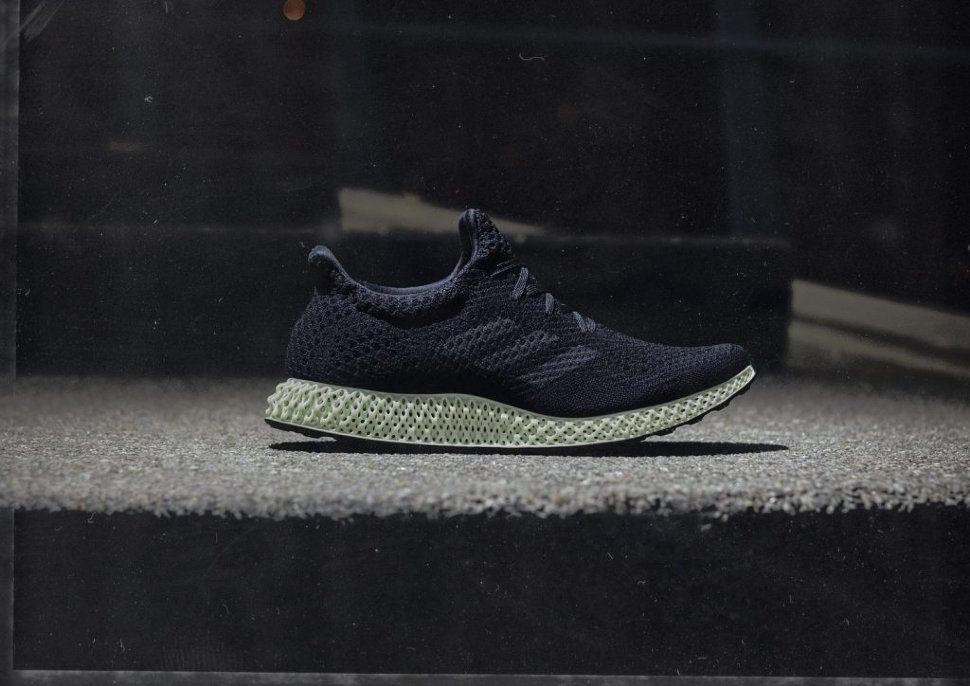
Alberto Uncini Manganelli, SVP and GM adidas Running & Credibility Sports
The adidas 4DFWD will drop in three specific colorways, including a special Tokyo Collection drop, which will be the main podium shoe for athletes in Tokyo this summer. Launching first in a black and fluorescent orange colorway, the adidas 4DFWD will be available to Creators Club members on May 15th. The Tokyo Collection colorway will be available from July 1st, before a worldwide drop from August 12th.
To find out more, please visit: www.adidas.com/4d. Follow the conversation on Instagram, Facebook and Twitter using #adidas4DFWD and @adidasrunning.
adidas Futurecraft: 3D-Printed Personalized Shoe
Imagine walking into an adidas store, running briefly on a treadmill, and instantly getting a 3D-printed shoe — this is the ambition of the adidas 3D-printed midsole. By creating a flexible, fully breathable carbon copy of the athlete’s own footprint, matching exact contours and pressure points, it sets the athlete up for the best running experience.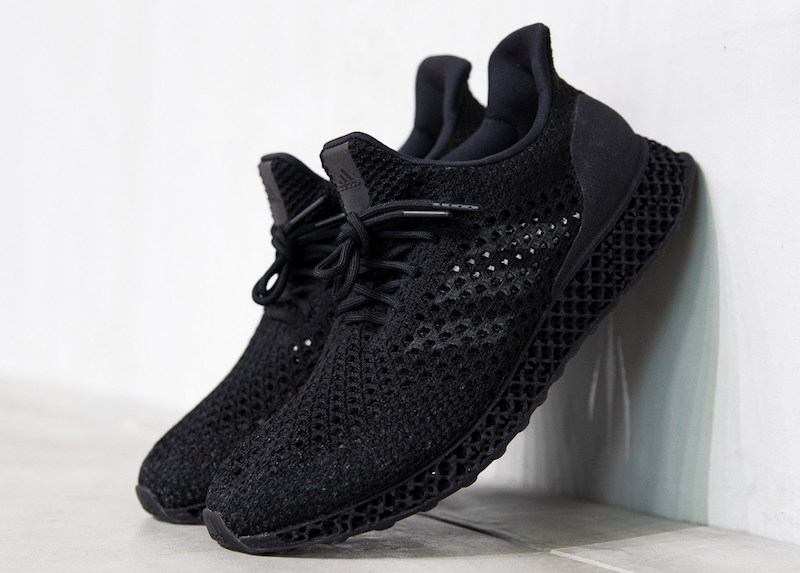 Linked with existing data sourcing and footscan technologies, it opens unique opportunities for immediate in-store fittings.
Linked with existing data sourcing and footscan technologies, it opens unique opportunities for immediate in-store fittings.
“Futurecraft 3D is a prototype and a statement of intent. We have used a one-of-its-kind combination of process and material in an entirely new way,” says Eric Liedtke, Executive Board Member of adidas AG. “Our 3D-printed midsole not only allows us to make a great running shoe but also to use performance data to drive truly bespoke experiences, meeting the needs of any athlete.”
For adidas Futurecraft 3D, Materialise assisted adidas with the generation of a lightweight structure in the 3D-printed midsole that would keep the shoe at a comfortable weight. Materialise’s design and engineering team worked with Materialise 3-matic to create the structure, improving the midsoles’ flexibility without compromising on rigidness and strength.
The midsoles were then laser sintered in TPU, the first durable, fully flexible 3D printing material to be used in a consumer product, through Materialise’s certified manufacturing process. Additive manufacturing automation and control software Materialise Streamics provided an overview of the entire production process, ensuring the traceability and repeatability that is crucial to the manufacturing of end-use consumer products.
Additive manufacturing automation and control software Materialise Streamics provided an overview of the entire production process, ensuring the traceability and repeatability that is crucial to the manufacturing of end-use consumer products.
— Paul Gaudio, Creative Director, adidas
“Working on this project with adidas has been a great opportunity for Materialise’s certified manufacturing process,” says Haritz Elexpuru, who coordinated the collaboration from Materialise’s side. “From software to rapid prototyping to manufacturing — all of Materialise’s strengths have played their part for Futurecraft.”
A 3D-printed Futurecraft sign in front of 3D printing powder
Next steps: the Futurecraft series
The Futurecraft 3D story is the first chapter of the adidas Futurecraft series, which demonstrates the brand’s commitment to innovating throughout all areas of production.
“Futurecraft is our sandbox. It is how we challenge ourselves every day to explore the boundaries of our craft,” says Paul Gaudio, Creative Director at adidas. “Driving material and process innovation, bringing the familiar into the future. Marrying the qualities of handcrafting and prototyping with the limitless potential of new manufacturing technologies. Futurecraft is stripped back — fast, raw, and real — it is our approach to design.”
True to what adidas terms as the Futurecraft vision of creative collaboration, Futurecraft 3D is made possible through an open-source partnership between adidas and Materialise. Keep an ear to the ground for announcements from the Futurecraft initiative, heralding more groundbreaking design innovations.
This case study in a few words
Industry
adidas
Sporting goods
Solutions used
Selective laser sintering
TPU
Materialise 3-matic
Materialise Streamics
Why this approach
Personalization
Weight reduction
How we helped
adidas Futurecraft 4D - BRANDSHOP — LiveJournal
adidas Futurecraft 4D
The Futurecraft 4D trainers from adidas are an experimental shoe with a 3D printed sole. As of 2018, these are the only mass-produced sneakers using 3D printing. We will tell you how Adidas managed to create them.
As of 2018, these are the only mass-produced sneakers using 3D printing. We will tell you how Adidas managed to create them.
adidas Futurecraft 4D development
The development of the 3D printed sneaker began in 2014, and the first attempt to bring it to the masses was made in 2015 when the German brand released the adidas Futurecraft 3D silhouette, also known as the 3D Runner. It retailed for $333 in 2016 and was available in limited quantities, serving as more of a technology showcase than an acceptable shoe for sports and everyday use.
Soon, in April 2017, adidas announced the Futurecraft 4D silhouette. It also used 3D printing for the sole, but in a fundamentally new way - using Digital Light Synthesis technology. It was developed by Carbon, a Silicon Valley startup that has revolutionized the traditional 3D printing process.
Digital Light Synthesis is a combination of digital light projection, breathable optics and liquid resins, resulting in a process devoid of the cons of classic 3D printing:
- low production rate;
- limited production volumes;
- unstable quality;
- limited selection of colors and materials.

What is the main advantage of Digital Light Synthesis? Previously, each sneaker silhouette had to go through several stages of creation, from design to prototype, testing, and only then to production. With the help of Digital Light Synthesis, Carbon and adidas Group, it will be possible to go directly from design to production.
The adidas Futurecraft 4D shoe draws on over 17 years of data from professional athletes. All this made it possible to make calculations and select the optimal parameters. But since every person has their own way of moving, adidas and Carbon's ultimate goal is to be able to create a custom sole on the spot. Futurecraft 4D proves that this is not long to wait.
Which is better - Futurecraft 4D or Boost
This question appeared immediately after the announcement of the new silhouette. When the shoe went on sale, the Futurecraft 4D and Boost outsoles were compared, finding that Boost returned more energy in most cases. However, this is not an indicator - as it was said, the technology of 3D printing and Digital Light Synthesis will be most fully revealed when everyone has the opportunity to make the sole exactly for their needs. At the moment, the main advantage of "Futurecraft" in a unique design, combined with a high level of comfort.
At the moment, the main advantage of "Futurecraft" in a unique design, combined with a high level of comfort.
Collaborations with KITH, Foot Patrol, Sneakersnstuff and Invincible
As mass production is even closer with Futurecraft 4D, adidas Originals hosted four collaborations with high-profile retailers around the world in the summer of 2018. American KITH, British Foot Patrol, Swedish Sneakersnstuff and Taiwanese Invincible presented their models in a futuristic silhouette, which were sold out in a matter of minutes. But the most notorious collaboration is with renowned artist, architect and designer Daniel Arsham.
Adidas Originals × Daniel Arsham Future Runner 4D “Future”
In October 2018, a joint model with Daniel Arsham was released. This was the final part of the project, launched in 2017 and divided into three parts - past, present and future. Each piece was accompanied by a gripping short film and an eye-catching sneaker model. Of course, nothing could reflect the future better than the Adidas Futurecraft 4D.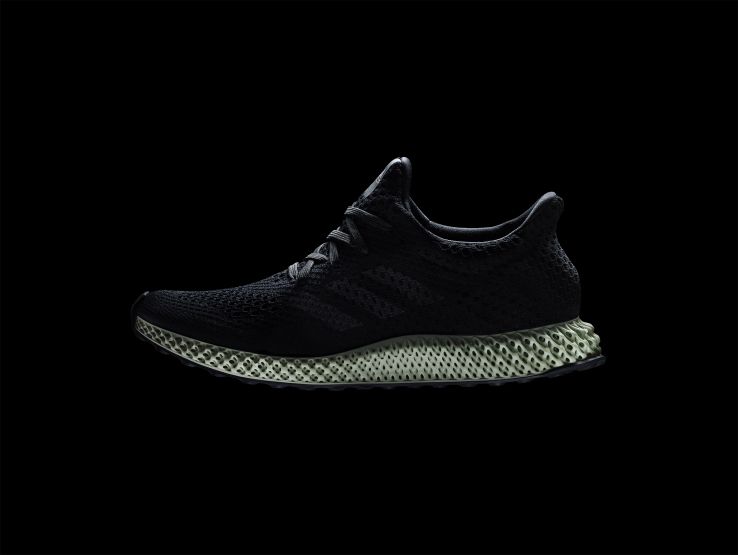
Gets a Primeknit upper in the same soft green hue as the Digital Light Synthesis outsole. Despite the fact that at first glance the sneakers look extremely minimalistic, under ultraviolet light they show three stripes on the sides and the word "FUTURE" on the front.
adidas Futurecraft 4D Prospects
As of late 2018, the Futurecraft 4D is still hard to come by - sales are still very limited, not to mention even more coveted collaboration models that are priced between $3,000-4,000. In 2019, the German brand should be expected to expand its range and introduce new colorways in order to prepare the audience for the growing role of 3D printing in modern sports.
- Location: Moscow Petrovsky Boulevard, 21
Tags: adidas, adidas futurecraft 4d, adidas, model history, sneakers, fashion
Adidas introduced the Futurecraft 4D, its first production sneaker partially printed on a 3D printer
Adidas, the world famous sports equipment and apparel manufacturer, has been experimenting with the use of 3D printing technologies in the production of shoes for quite some time, but the latest model of sports sneakers called Futurecraft 4D is undoubtedly the most ambitious creation of the company. The Futurecraft 4D midsole is manufactured using Continuous Liquid Interface Production (CLIP) technology. This is a 3D printing technology with light curing polymer materials. In the case of Futurecraft 4D, liquid polymer resin and UV light are used.
The Futurecraft 4D midsole is manufactured using Continuous Liquid Interface Production (CLIP) technology. This is a 3D printing technology with light curing polymer materials. In the case of Futurecraft 4D, liquid polymer resin and UV light are used.
The developer of the technology, a Silicon Valley start-up called Carbon, says their solution could make mass-produced 3D printed shoes a reality by providing greater flexibility and speed than traditional additive printing. Carbon's investors are funds created by Google and General Electric.
https://www.youtube.com/watch?v=Uph2zhUQY0c
Course
Recruitment
Become a professional IT recruiter and earn $1800 in two years
REGISTER!
Carbon reassures that its technologies allow companies to move from design to mass production as quickly as possible. They also claim that when using their developments, the resulting products are much more reliable and more elastic than plastic counterparts made by injection molding.
They also claim that when using their developments, the resulting products are much more reliable and more elastic than plastic counterparts made by injection molding.
And while the technology itself looks very promising, Adidas is in no hurry to jump two legs into a future where 3D printing is one of the main shoe manufacturing technologies. Not yet. Only 5,000 pairs of Futurecraft sneakers will go on sale later this year. However, by the end of 2018, the company plans to increase production to 100,000 pairs of such shoes per year. So this could very well be the start of a new era in the sports shoe market.
“This is an important milestone not only for us, but for the industry as a whole,” Gerd Manz, director of development at Adidas, told Reuters. "We broke some boundaries."
One of the benefits of using 3D printing to produce sneakers is the ability to produce small batches. These can be limited editions of shoes dedicated to certain events and things.